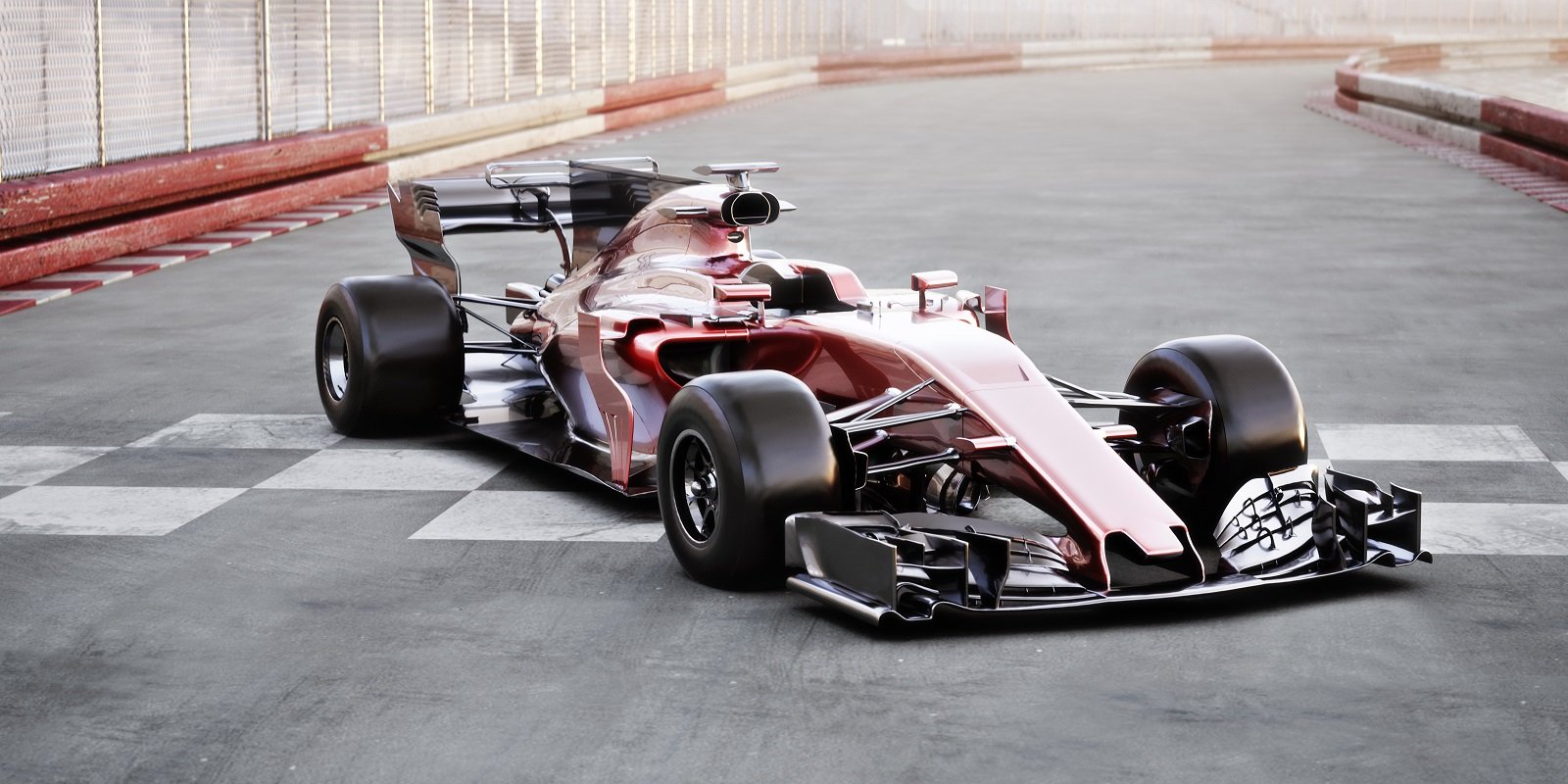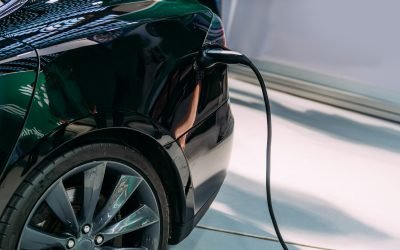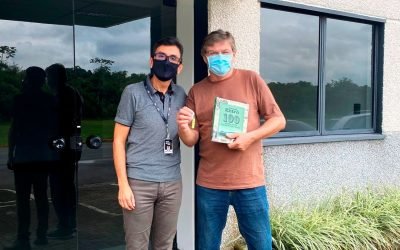The future of the car industry is on the circuits. For those who work with engineering, this is a maxim that has been known for some time. In fact, Formula 1 technology has many applications beyond professional racing.
Even so, this subject is great to understand some of the tools and methods used by our engineers here at Vibroacustica, such as simulations and numerical tests. They exist on the tracks, but are also solutions for everyday life.
F1 engineering and technology
Many innovations were developed to gain a few seconds on the tracks. Then they are adapted or applied in other situations. Some examples are the use of data and F1 technology for refrigeration.
Data usage
One of the main trends in Formula 1 technology (and engineering in general) is the use of big data.
Neural networks, algorithms and specialized software are the basis for simulating different possibilities and creating adjustments for cars.
This data stream is collected and interpreted by analysts in real time and in large quantities.
To give you an idea, the teams that participated in the US GP in 2014 collected about 243 terabytes of information. According to a report by the Tab Uol portal, this is equivalent to:
- 6 times the volume of information generated by Twitter users in a week.
- More than the amount of information available on the internet in 1994.
Refrigeration
In Formula 1 there is constant research to optimize the control of airflow in the cars. One of such technologies is the so-called “wind tunnel”, which blows over vehicles. Scientists analyze and measure the car’s behavior in the face of air resistance.
Subsequently, studies and prototypes are developed to break this resistance and become faster.
This type of study is done with the support of simulation systems. Thus, different possibilities are analyzed without actually having to perform every physical test.
The result is cost and time optimization, which count for a lot in a high-performance sport like Formula 1.
The same technologies are available for component optimization production analysis for commercial compressors used in appliances such as refrigerators and air conditioners. That’s what we do here at Vibroacustica.
If you want to know more about the use of simulations in engineering projects, follow our blog, subscribe to our newsletter and follow us on Linkedin! We often post videos about the innovations we help develop.




